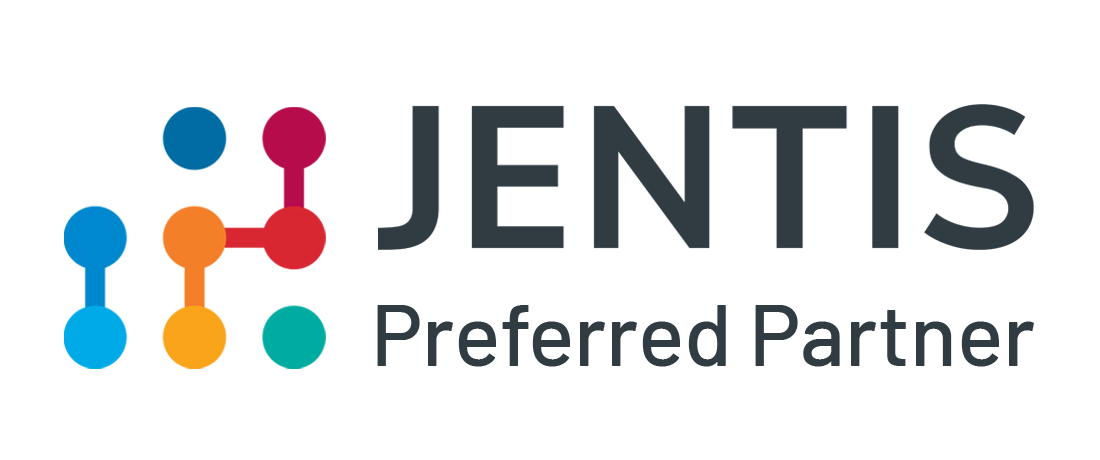Companies risk losing access to valuable digital data due to the technical precautions of many browsers (for example Safari and Firefox default cookie blocking) as well as the explicit lack of consent from users. This loss of data has been a concern for many years and is accelerating due to increased awareness from users on data management and pressure from governments to impose regulations on this matter.
One solution to this challenge is synthetic user data. Synthetic data uses mathematical modelling to combine consented data with no-consent data in order to fill in the gaps. The synthetic data can help to combat the loss of data volume, while also increasing the quality of the data. This allows marketers to make decisions based on a fuller understanding of their users.
The big problem of data loss
Businesses lose 30-70% of data due to lack of consent and default third-party cookie blocking of browsers and endpoints. This data would be useful to marketers in order to perform behavioural analyses on their customers to understand how users interact with their marketing and website. This data could also be used for personalization in advertising and would ultimately drive decisions that improve conversion rates. In both cases, a large amount of high quality data is required. Which, as we’ve seen over the last years, is becoming increasingly hard to come by.
The solution: Artificial user data thanks to Machine Learning
The data from real users, who have consented to being tracked, will continue to be collected in a privacy-compliant manner. Synthetic user data is then generated, derived from this consented data, using machine learning. The combination of real and synthetic data can be used for data analysis and marketing activities such as personalized targeting for advertising.
Advantages of synthetic users
Besides the fact that your analytics tool will simply collect more data again, which is always nice to see. There are other, more concrete advantages that are worth highlighting:
- Synthetic user data can be used for web analytics platforms such as Google Analytics, as well as for in marketing platforms such as LinkedIn or Facebook.
- Remarketing or building a target audience groups for marketing campaigns is facilitated through synthetic user data and the audience lists can be populated much larger.
- The generation of synthetic users, is in laymen terms based on statistical data, and therefore is possible in full compliance with data protection laws.
How do you get synthetic user data?
JENTIS has developed this solution that generates synthetic user data with an incredible mathematical accuracy. We recommend watching the following entertaining presentation for a better understanding of this solution.
If you have any questions about synthetic data or JENTIS, please feel free to contact us.









